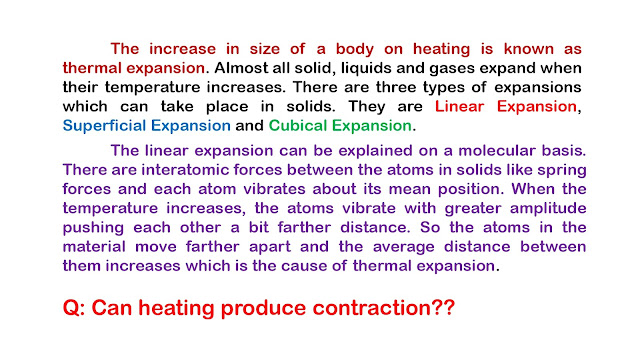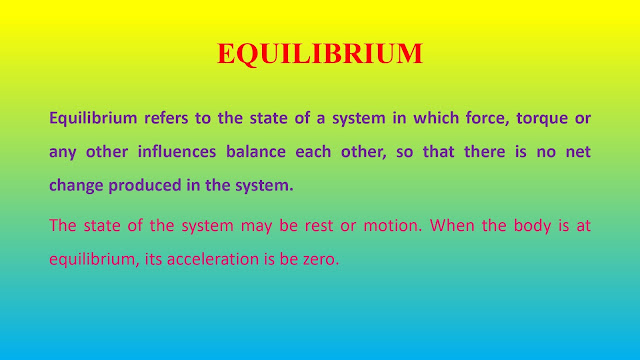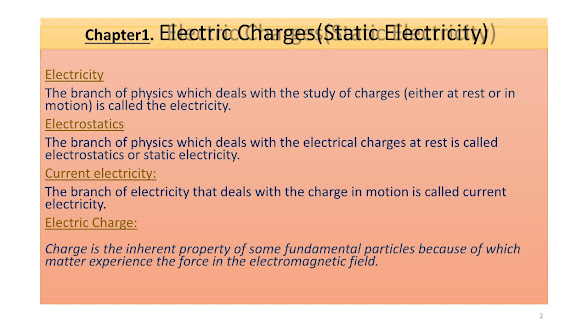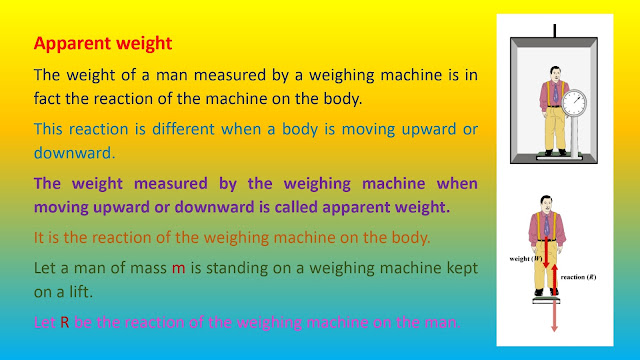DYNAMICS, Laws of Motion MCQ Questions Physics with Answers
Question: Newton's first law of motion describes the
a) inertia
b) energy
c) work
d) moment of inertia
Answer: inertia
Question: Inertia is the property of a body linked to tendency of a body
a) to resist any change in its state
b) to change the momentum
c) to change its direction
d) to change its position
Answer: to resist any change in its state
Question: Physical independence of force is a consequence of
a) first law of motion
b) third law of motion
c) second law of motion
d) all of these
Answer: first law of motion
Question: A reference frame attached to the earth
a) cannot be an inertial frame because earth is revolving round the sun
b) is an inertial frame by definition
c) is an inertial frame because Newton's laws are applicable
d) is an inertial frame because the earth is rotating about its own axis
Answer: cannot be an inertial frame because earth is revolving round the sun
Question: The direction of impulse is
a) same as that of the net force
b) opposite to that of the net force
c) same as that of the final velocity
d) same as that of the initial velocity
Answer: same as that of the net force
Question: When a body is stationary
a) the combination of forces acting on it balances each other
b) the body is in vacuum
c) the force acting on it is not in contact with it
d) there is no force acting on it
Answer: the combination of forces acting on it balances each other
Question: When an elevator cabin falls down, the cabin and all the bodies fixed in the cabin are accelerated with respect to
a) man standing on earth
b) ceiling of elevator
c) floor of elevator
d) man standing in the cabin
Answer: man standing on earth
Question: A monkey is climbing up a rope, then the tension in the rope
a) must be equal to the force applied by the monkey on the rope
b) must be less than the force applied by the monkey on the rope.
c) must be greater than the force applied by the monkey on the rope.
d) may be equal to, less than or greater the force applied by the monkey on the rope.
Answer: must be equal to the force applied by the monkey on the rope
Question: If two masses (M & m) are connected on a horizontal plane and a force is applied on the combination, then the tension T depends on
a) whether force is applied on M or m
b) the force applied on the system
c) Can’t be predicted.
d) None of these
Answer: whether force is applied on M or m
Question: A spring balance is attached to the ceiling of a lift. A man hangs his bag on the spring and the spring reads 49 N, when the lift is stationary. If the lift moves downward with an acceleration of 5 m/s2, the reading of the spring balance will be
a) 24 N
b) 74 N
c) 15 N
d) 49 N
Answer: 24 N
Question: Identify the correct statement from the following
a) Friction does not depend on the area in contact
b) Friction is always less than the applied force
c) Friction depends on the volume of body
d) Friction depends on the area of contact.
Answer: Friction does not depend on the area in contact
Question: The coefficient of static friction between two surfaces depends upon
a) the normal reaction
b) the shape of the surface in contact
c) the magnitude of applied force
d) None of these
Answer: the normal reaction
Question: If the applied force is doubled, then coefficient of friction is
a) not changed
b) tripled
c) halved
d) doubled
Answer: not changed
Question: Which of the following statements about friction is true?
a) Kinetic friction is always greater than rolling friction
b) Frictional force is proportional to the area of contact between the two surfaces
c) Frictional force cannot accelerate a body
d) Friction can be reduced to zero
Answer: Kinetic friction is always greater than rolling friction








Comments
Post a Comment